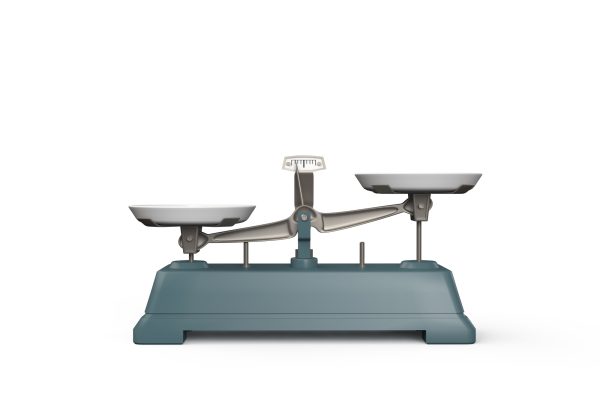The Real Test Is Still to Come
School’s out for the summer, but the Fed’s policy stance is already being tested. Job growth has picked up sharply and should remain fairly strong even before schools resume in September. But rising labor costs and their effects on inflation will test the Fed’s view that the surge in inflation will be just transitory.
Much of the strength in the labor report was evident to all, but the full extent of the inflation pressures brewing with respect to labor cost requires some calculations. The average wage rate rose 0.3% compared to May, a robust 3.6% annual rate, following even stronger gains in prior months. In fact, wage inflation is understated. The employment report shows wage inflation based on the average wage rate. When hiring is particularly strong for lower paid workers, the average wage rate is pushed down, as has been happening in recent months. (The same effect was seen in reverse early in the pandemic when job losses were extremely high for low wage workers, which elevated the average wage for those who remained employed.) In June, almost every subsector showed a rise in wage of more than 0.3%, sometimes considerably more, yet the average wage rose only 0.33%.
A more accurate and telling calculation can be constructed by using the actual wage increase for each subsector and weighting that increase by that sector’s weight. Such a calculation produces a wage increase of 0.45%, more than one third larger than the 0.33% shown in the report’s table. At an annual rate, it suggests wages are rising at a 5.4% pace, instead of the 4.0% reported. So, wage inflation is already meaningfully higher than indicated by the average wage. Doing the same calculation for the latest twelve months indicated a wage inflation rate of 4.52% versus the 3.57% reported.
Nonetheless, such calculations still leave unanswered whether the surge in labor costs will abate as the unemployed go back to work. Wage pressures are likely to remain elevated this summer. States accounting for roughly 40% of the labor force have already or will soon terminate the extra $300 in unemployment insurance benefits that enabled many workers to remain home. With the pandemic receding and reduced unemployment benefits, labor supply should rise a bit over the summer, enabling firms to hire. But wage pressures are likely to remain fairly high, since firms will see a supply constrained labor market. The real test won’t come until after Labor Day, when almost all schools reopen and parents can fully return to work. Will wage pressures moderate then, as the Fed expects? There is no useful precedent for this situation. But the economy will enter that test period with considerable momentum and strongly rising wages that reflect prevailing labor shortages. So, it is highly uncertain whether wages will recede as much as needed to avoid the increase in labor costs from flowing through into prices for goods and services.
Labor supply constraints now also ensure that the recovery will be attenuated and extended. While some estimates suggest second quarter GDP could be as high as 10%, a massive and unsustainable pace, solid growth lies ahead for at least the balance of the year and into the first half of 2022. Such strong growth augers very positively for corporate profits, providing very solid support for stock prices.




LATEST ARTICLES